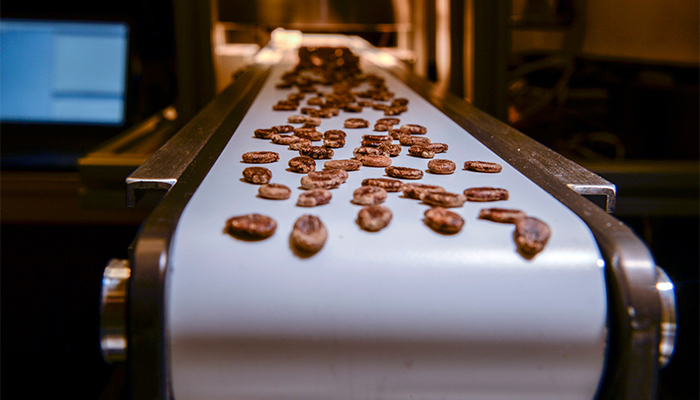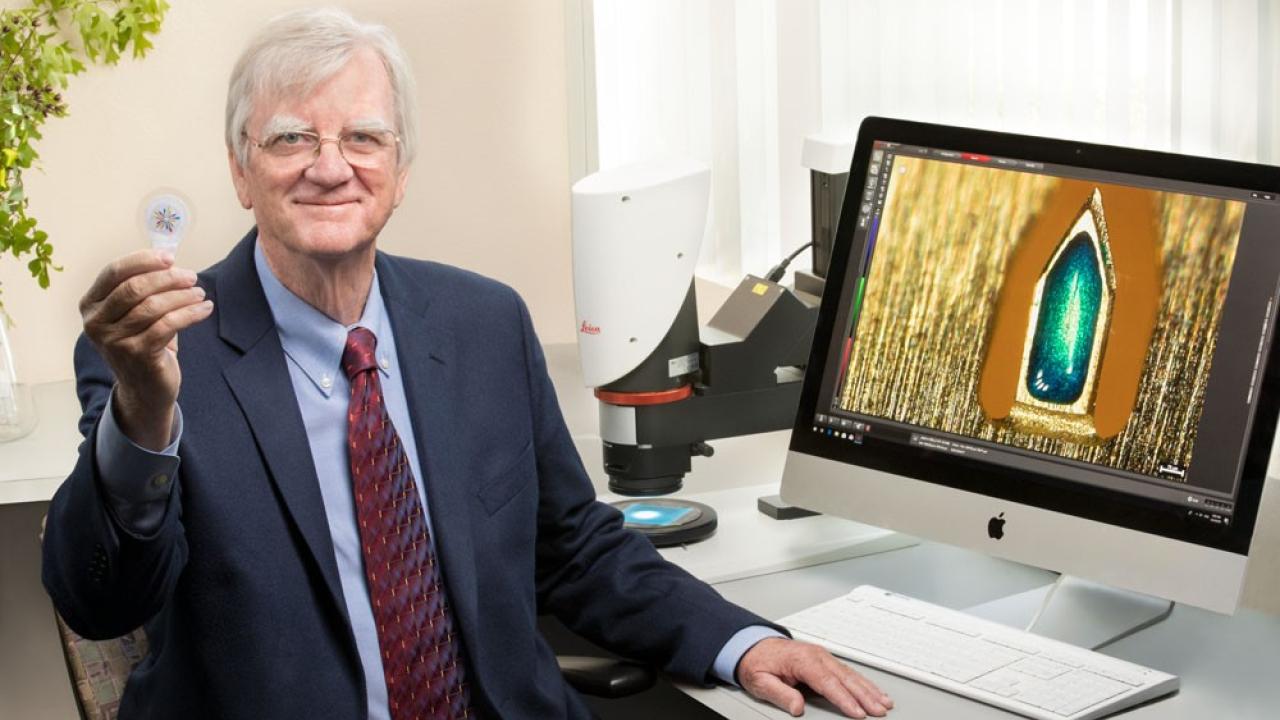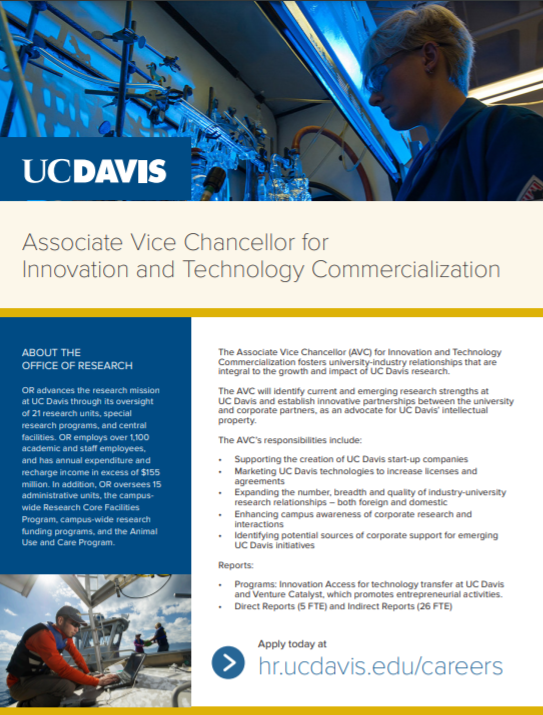
UC Davis startup Spectral Analytix applies machine vision, robotics and machine learning to automatically classify or sort seeds and insects. (Hector Amezcua/UC Davis)
Original Post: research.ucdavis.edu/startup-uses-advanced-imaging-technology-and-machine-learning-to-sort-seeds-and-insects/
Christian Nansen, an associate professor in the UC Davis Department of Entomology and Nematology, has launched a startup, Spectral Analytix, to apply machine vision and machine learning to the classification and sorting of seeds and insects.
“The idea is to combine machine vision, robotics and machine learning so you have an automatic eye, an automated arm and an automated brain,” said Nansen. “If you automate those three components you end up with a system that can automatically classify or sort whatever you are working with.”
For the machine “vision,” Nansen works with hyperspectral cameras, which collect data at very high spectral resolution. “The camera on your phone divides light into three wavelengths—red, blue and green,” said Nansen. “You can think of it like a cake with three layers—for each pixel you have three values. With a hyperspectral camera you have 250 bands, so the ‘cake’ now has 250 layers.”
Hyperspectral imaging is used for a wide variety of applications, from mining to surveillance to investigating works of art. Paired with machine learning, hyperspectral imaging is widely used in food processing and recycling industries for sorting.
Several aspects of crop breeding and commercialization of crop seeds involve inspection and quality control.
“Often, these inspection and control measures are time consuming and rely on highly trained technicians. They may also be associated with consistency challenges due to human error. So, replacing them with automated procedures can improve such inspection and control measures and also enable people to focus on other tasks that involve higher levels of complexity,” said Nansen.
Read more…










